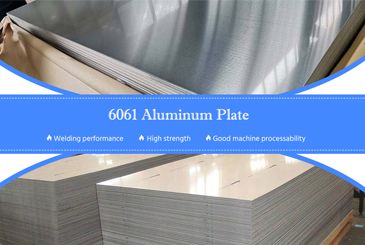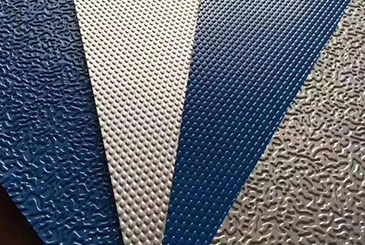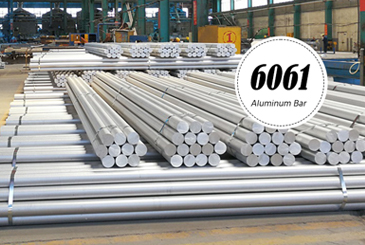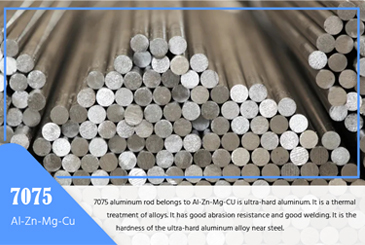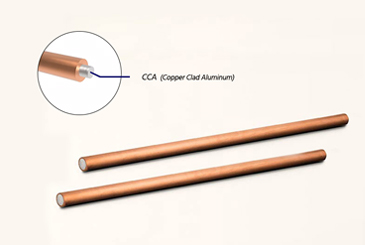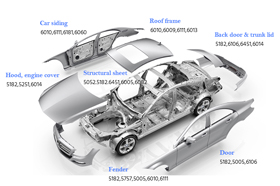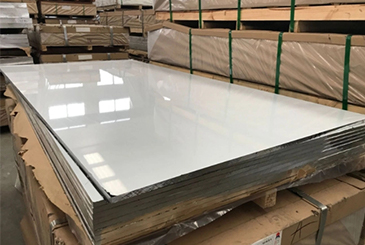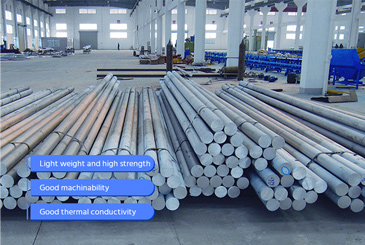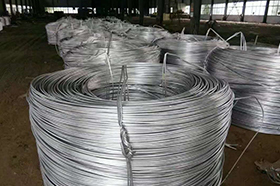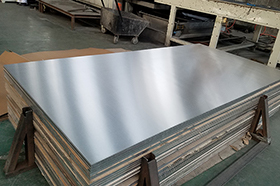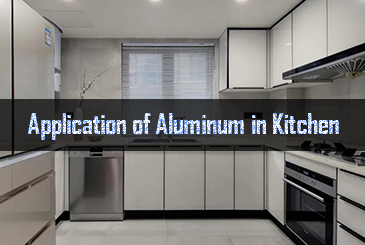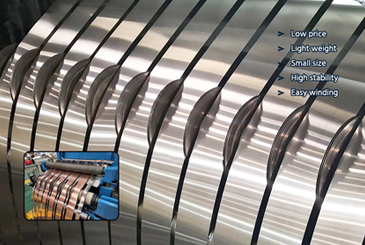Automotive aluminum wheel hub specifications
| Size | Specification (inches) | Weight (±0.3KG) | CB (mm) | PCD (mm) | ET (mm) |
| 18″ | 7.5-9.0 | 8.1-10.2 | ≥40 | 100-130 | ≥17 |
| 19″ | 8.0-11.0 | 9.3-11.5 | ≥40 | 100-130 | ≥20 |
| 20″ | 8.5-12.0 | 10-14.8 | ≥40 | 100-130 | ≥19 |
| 21″ | 8.5-12.0 | 10.5-15.2 | ≥40 | 100-130 | ≥17 |
| 22″ | 9.0-10.5 | 11.0-16.5 | ≥40 | 100-130 | ≥12 |
| size: 14-26 inches, can be customized | |||||
Manufacturing process and classification of car aluminum alloy wheels
There are multiple manufacturing methods for aluminum alloy wheels, primarily classified into two categories: casting and forging. Casting methods for wheels encompass gravity casting, low-pressure casting, counter-pressure casting, liquid-state extrusion, centrifugal casting, vacuum die casting, and semi-solid casting.
Among these, gravity casting and pressure casting are extensively applied. Forging techniques include solid-state forging, semi-solid die forging, and liquid die forging.
Alloy grades used in aluminum alloy wheels for vehicles
| Manufacturing method | Alloy |
| casting | A356, 356. 0, A356.2, ZL 101, ZL 101 A |
| forging | 6061, 6063, 6083 |
Cast wheels
Gravity casting
Gravity casting uses reusable molds made from materials like cast iron, steel, or other metals. Aluminum liquid flows into the mold by the force of gravity, earning it the name "gravity casting."
Without external pressure, risers are typically required to compensate for shrinkage and ensure a dense casting, resulting in lower aluminum liquid usage.
In recent years, Chalco has continuously improved the gravity casting process for aluminum alloy wheels. They employ both center gating and edge gating in the casting system.
For mold temperature control, they measure temperatures using thermocouples and achieve thermal balance through methods like air cooling, water cooling, or a combination of both.
Moreover, they have achieved automated and precise pouring through the use of robotic arms.
Low pressure casting
Low-pressure casting is a casting technique that uses gas pressure to mold liquid metal into a desired shape under controlled pressure.
The method is referred to as "low-pressure casting" due to the relatively low gas pressure employed, typically ranging from 0.3 to 0.6 MPa.
Chalco's low-pressure casting machine incorporates advanced computer control technology, enabling precise simulation and consistent replication of the casting pressure process and curves.
Energy-saving enhancements have been implemented, including the use of innovative ceramic composite materials to significantly reduce energy consumption.
Moreover, the adoption of servo electric motors in the hydraulic system further enhances energy efficiency.
Casting spinning
Spin-forming during casting is an innovative technique used in low-pressure casting production to process integral wheel hubs.
Through the application of CNC technology and spin-forming production lines, Chalco has been a pioneer in combining low-pressure casting with spin-forming, resulting in aluminum alloy wheels with enhanced strength, corrosion resistance, reduced machining allowances, increased durability, and safety.
Furthermore, this advancement contributes to vehicle weight reduction and improved fuel efficiency.
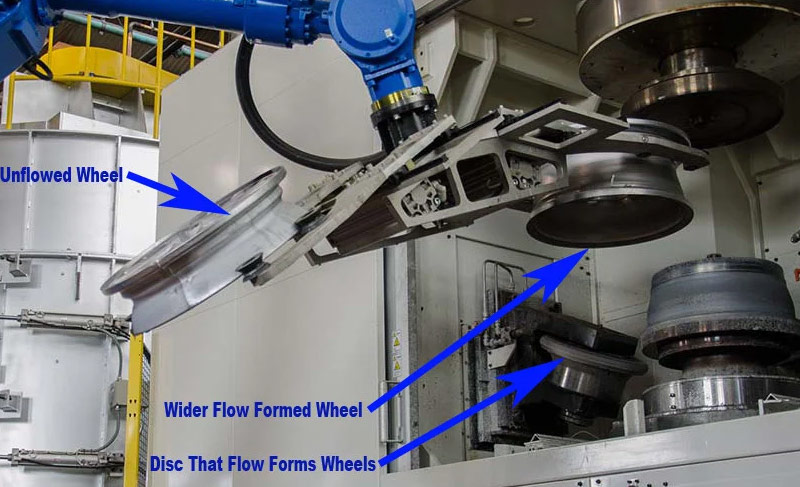
Casting mold
Outstanding mold design and manufacturing directly influence the productivity, cost, and quality of aluminum alloy wheel casting.
Molds must ensure accurate shape, dimensions, and tolerances while guaranteeing superior casting and surface quality with minimal damage.
This reduces waste and enhances production efficiency. Chalco boasts exceptional mold manufacturing capabilities, and we are delighted to assist with your inquiries.
Forged wheels
Forged wheels can be classified into two types based on different forging processes: composite forging and forging-milling combination.
Composite forging involves rolling the billet into a disc shape and then using hot die forging to directly form the wheel's contour. This process is ideal for producing wheels with a simple spoke shape and high production volumes.
On the other hand, forging-milling combination utilizes a hot die forging press to forge the overall wheel profile and then employs milling to shape the spokes. This process may have lower metal utilization and production efficiency, but it results in higher forging quality.
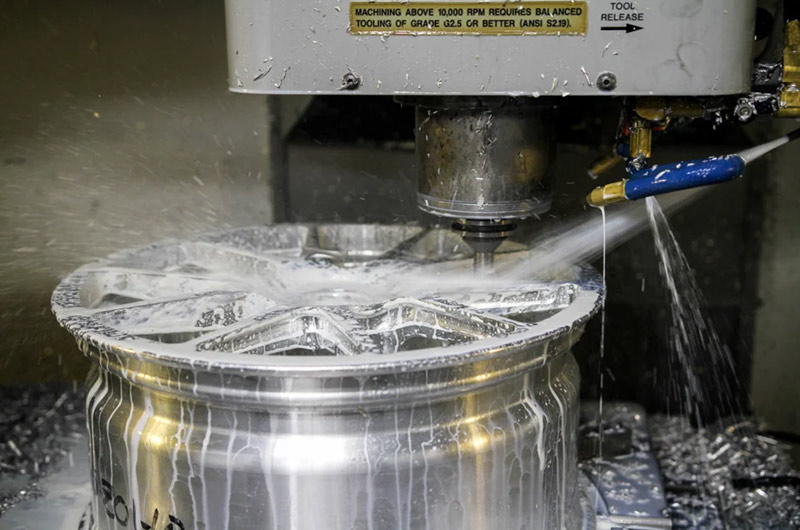
Aluminum alloy wheel forging and spinning technology is a rapidly developing new wheel forming process in recent years.
Chalco adopts advanced production equipment and automated assembly lines to ensure high precision and continuous production, providing higher quality and accuracy in wheel manufacturing and creating new opportunities for the wheel industry's growth.
Machining of aluminum alloy wheels for vehicles
Modern lightweight alloy wheels are commonly processed using CNC machining centers. CNC (Computer Numerical Control) refers to the technology that automates the manufacturing process through digital control.
CNC mainly involves the computerized control unit of CNC machine tools, which digitizes information such as work sequence and positions during the machining process, enabling precise machining of the workpiece through information exchange.
The CNC machining process involves converting information into signals that CNC machines can recognize.
These signals then allow the machine's Production Planning Control (PMC) unit to communicate with the machine tool, enabling accurate machining of the workpiece.
This automated CNC machining technology enhances the efficiency, precision, and overall quality of wheel hub production.
At Chalco, the level of automation in automobile wheel hub machining is continually increasing. Typically, raw products enter each unit via a conveyor, with each unit equipped with two vertical lathes and a drilling-milling center for completing machining tasks.
Semi-finished products then proceed to the next process through a conveyor, where they undergo fully automated airtightness testing, automatic dynamic balancing testing, and automatic burr cleaning. Subsequently, they undergo coating, packaging, and final warehousing.
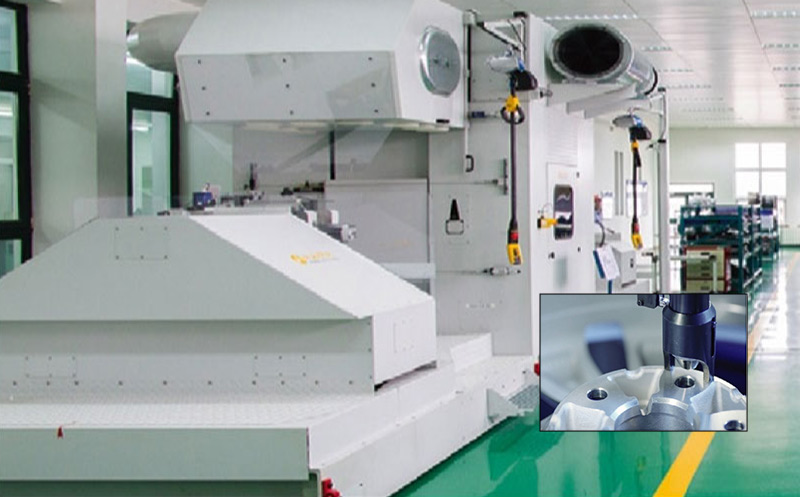
Coating technology of aluminum alloy wheels for vehicles
Due to the aluminum alloy wheels' crucial influence on the entire vehicle, Chalco places considerable importance on aluminum alloy wheel coating technology.
The primary objectives of coating are to enhance wheel reliability, durability, and aesthetic appeal.
High-end automobiles have particularly demanding requirements for wheel appearance, leading us to maintain exceptionally stringent standards for coating quality.
Preprocessing
Pre-treatment is a crucial stage in the coating process, involving physical and chemical treatments on the workpiece surface to eliminate surface defects and ensure the quality of the coating after application.
Proper pre-treatment is essential to avoid potential quality issues with the coating.
Spraying
Common coating methods for aluminum alloy wheels depend on the type of coating materials used, such as powder coating and paint coating.
Full coating and coating carts are widely used processing methods in automotive wheel production.
In practical production, the coating process primarily revolves around full coating and coating carts, and Chalco can customize the process by adding or reducing specific steps based on product characteristics and customer requirements.
Bake
The purpose of baking is to ensure rapid drying and curing of the coating, enhancing its adhesion and durability.
During the baking process, solvents in the coating evaporate, promoting drying, while the resins undergo chemical reactions, creating a strong coating structure.
Baking temperature and time are accurately controlled according to the type of coating materials used and customer requirements to achieve the best curing results.
Excessive temperature or duration during baking may lead to over-curing, impacting the coating's quality, while low temperature or insufficient time could result in inadequate curing, reducing adhesion and durability of the coating.
Plating
Through electrochemical methods, a layer of metal coating, such as chromium, nickel, silver plating, is plated on the surface of the wheel to increase the luster and corrosion resistance of the wheel.
Electrophoretic coating
Electrophoretic coating technology is used to form a uniform paint film on the surface of the wheel, which improves the adhesion and durability of the coating, and can achieve a colorful effect of the coating.
Anodizing
The aluminum alloy material on the surface of the wheel is anodized to form an oxide film, which increases the hardness and wear resistance of the wheel surface. At the same time, different colors of the oxide film can be selected.
Polishing
Carry out mechanical polishing on the surface of the wheel to make the surface smoother and increase luster and brightness.
Chalco's packaging solution for automotive aluminum wheel hubs
Chalco has implemented a new packaging solution in response to customer packaging and transportation needs.
By using a combination of wooden pallets, honeycomb cardboard, and corrugated cardboard, along with the addition of external wrapping film, this innovative approach effectively increases the packaging density of products while reducing overall volume and weight.
This packaging method allows for 12 pieces per layer and 4 layers per box, enabling each 20-foot container to accommodate 24 boxes.
Moreover, the combination of honeycomb cardboard and corrugated cardboard securely stabilizes the products, minimizing the risk of damage during transportation.
This improved solution not only enhances packaging efficiency but also provides better product protection, ensuring superior product delivery for our valued customers.
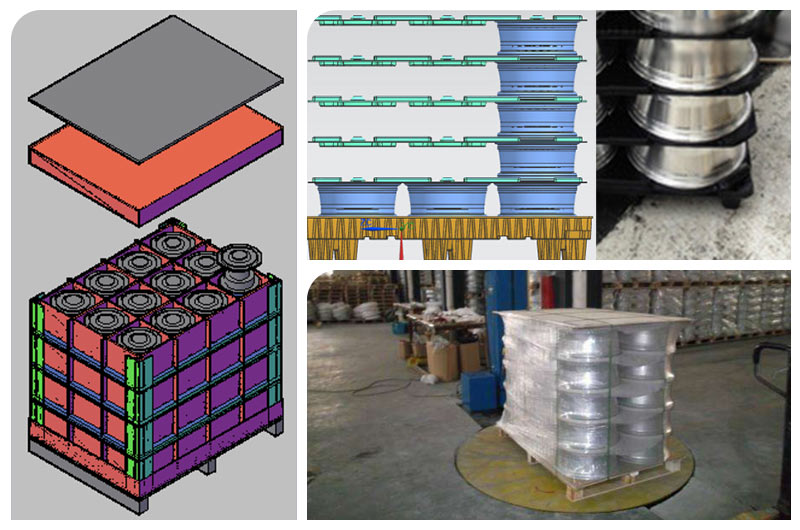
Advantages of aluminum alloy wheels for vehicles produced by Chalco
Light weight, energy saving
Reducing the vehicle's overall weight leads to fuel efficiency, especially when the wheels are positioned at the lowest point of the vehicle's center of gravity.
According to data from Chalco's laboratory, for a regular sedan, reducing the wheel's weight by 1 kg can save 0.5 liters of fuel for every 100 km traveled.
Fast heat dissipation, high safety
Aluminum alloy has high heat dissipation characteristics, which is very beneficial to the heat dissipation of tires when cars are running at high speeds.
This reduces the possibility of tire blowout, enhances the braking performance, and significantly improves the high-speed driving safety performance of the vehicle.
The heat dissipation effect of the aluminum alloy wheel also makes the service life of the spare parts in direct contact with it relatively improved, effectively ensuring the safe driving of the car.
High dimensional accuracy
Chalco produces wheels with high precision, resulting in minimal deformation and inertia resistance during high-speed rotation. This enhances the vehicle's grip, stability, maneuverability, and braking performance compared to traditional steel wheels.
Furthermore, the structure and precision of aluminum alloy wheels make them more suitable for installing radial tires and achieving tubeless configurations for modern wheels.
Variety of styles, beautiful and generous
To meet the styling requirements of modern vehicles, the aluminum alloy wheels produced by casting can be made into any spatial curved surface and shape to meet the requirements of different models and users.
Moreover, the aluminum alloy wheels will not produce rust and are easy to clean, which is widely welcomed by drivers.
Strong and sturdy
The impact resistance, tensile strength and other strength indicators of aluminum alloy wheels are higher than those of steel wheels, which is one of the reasons why aluminum alloys play an important role in the defense industry and aviation industry.
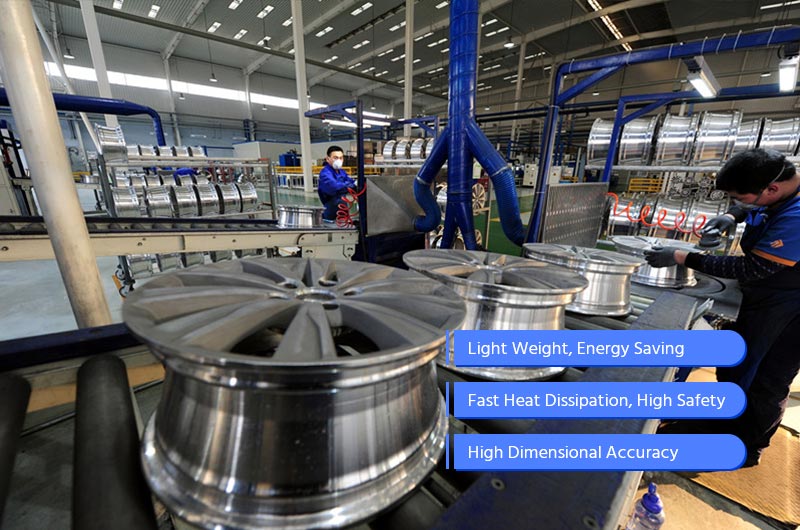
Future development of aluminum wheels
Material innovation
With the progress of science and technology, new high-strength, high wear-resistant, high corrosion-resistant hub materials will be developed and applied.
Lightweight design
Lightweight is one of the main trends in the development of future wheels.
By optimizing the structural design, adopting hollow design, and reducing material waste, the weight of the wheel hub will be further reduced, and the fuel economy and handling performance of the vehicle will be improved.
Intelligent technology
Future hubs may integrate smart sensors and communication technologies to realize real-time monitoring of hub status, vehicle performance, and road condition information.
This will help improve driving safety, predict wheel failure, and optimize vehicle performance and handling.
Environmental friendly
Future wheel manufacturing will pay more attention to environmental friendliness.
Adopt sustainable materials and production techniques to reduce environmental pollution and realize green manufacturing of wheels.
Personalized design
With the increase of consumers' demand for individualization, the design of future wheels will be more diverse and personalized.
Consumers can choose wheels of different styles, colors and textures according to their own preferences and needs, making the vehicle more individual and unique.


